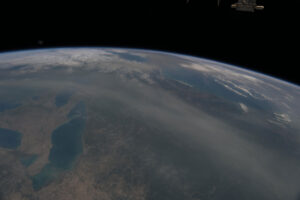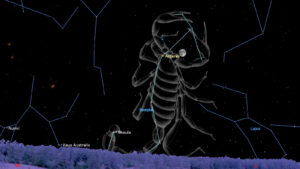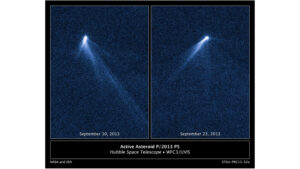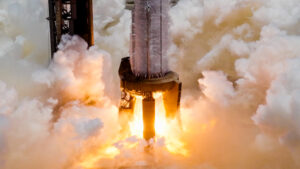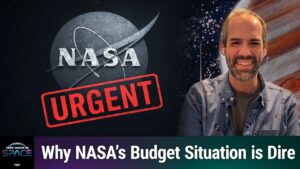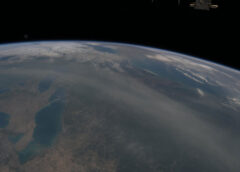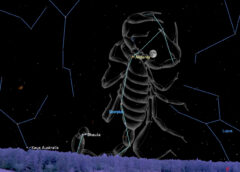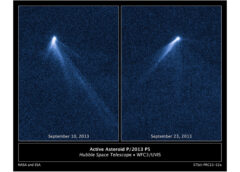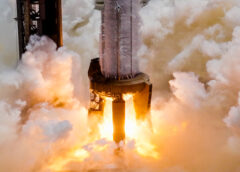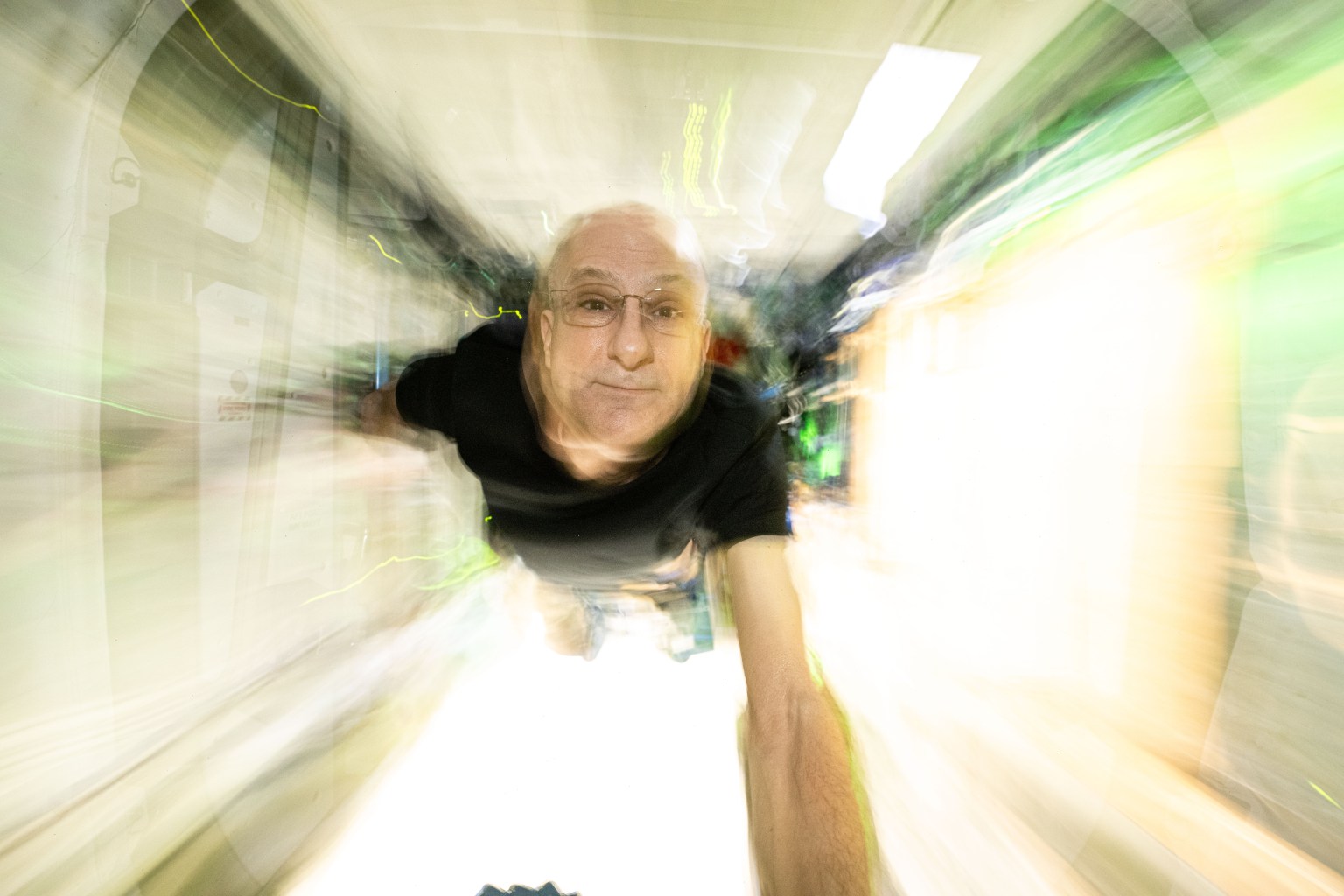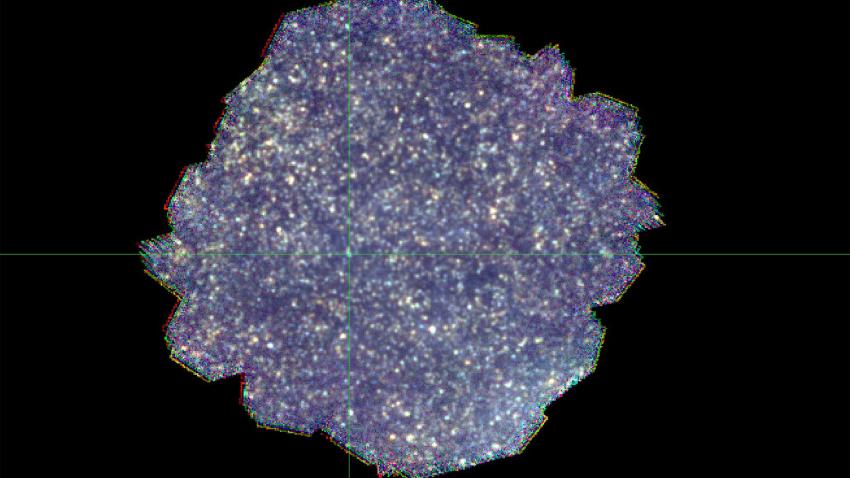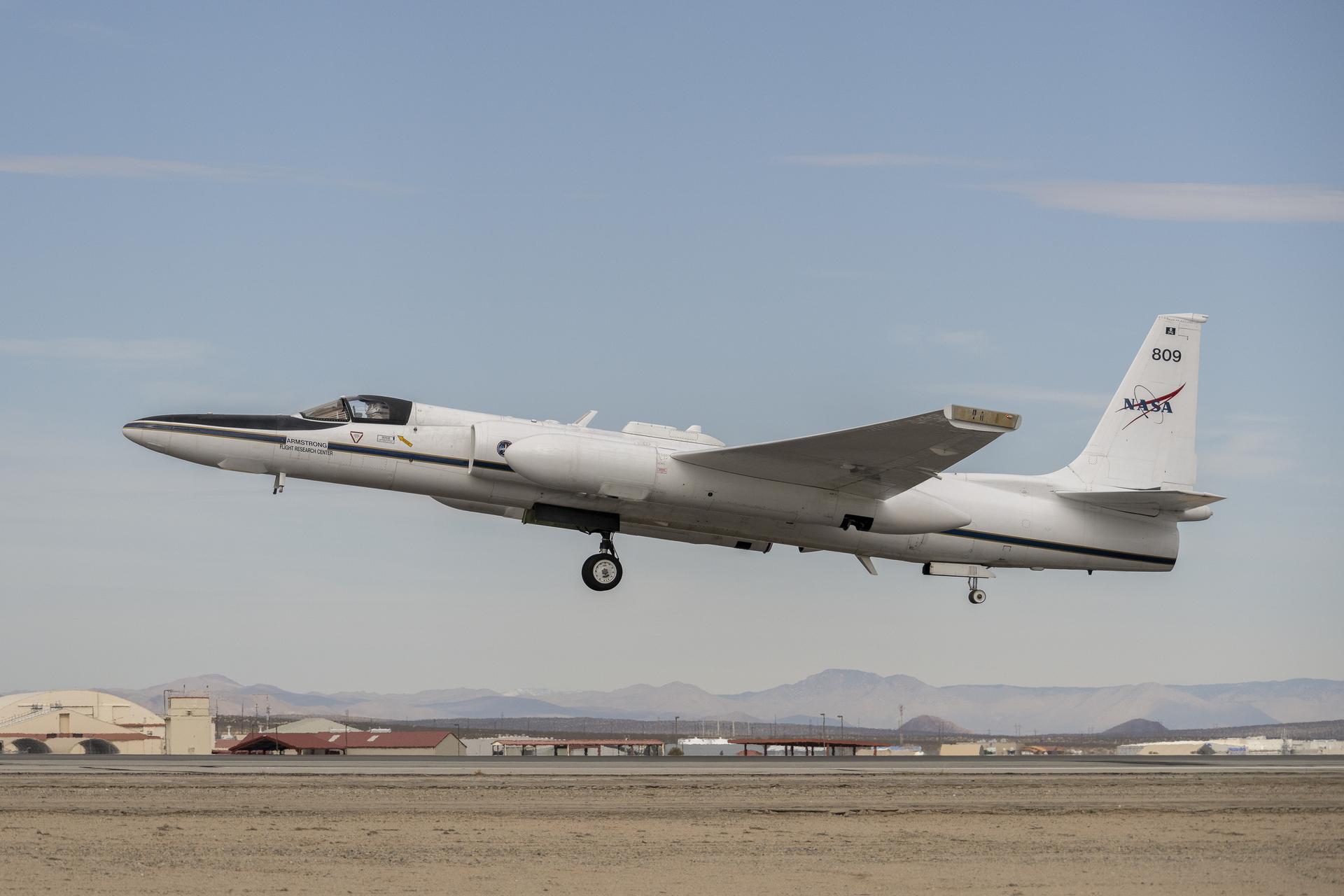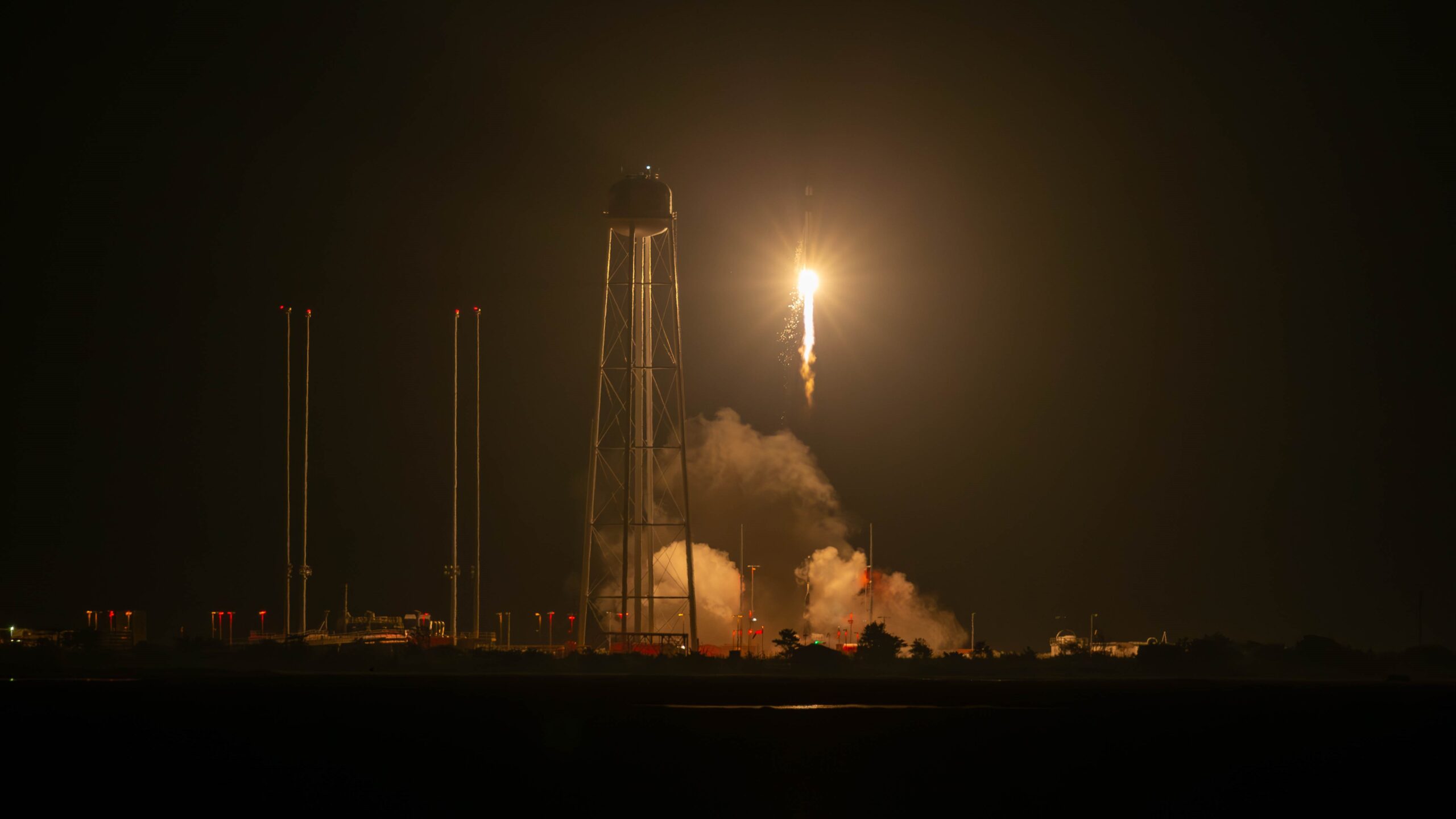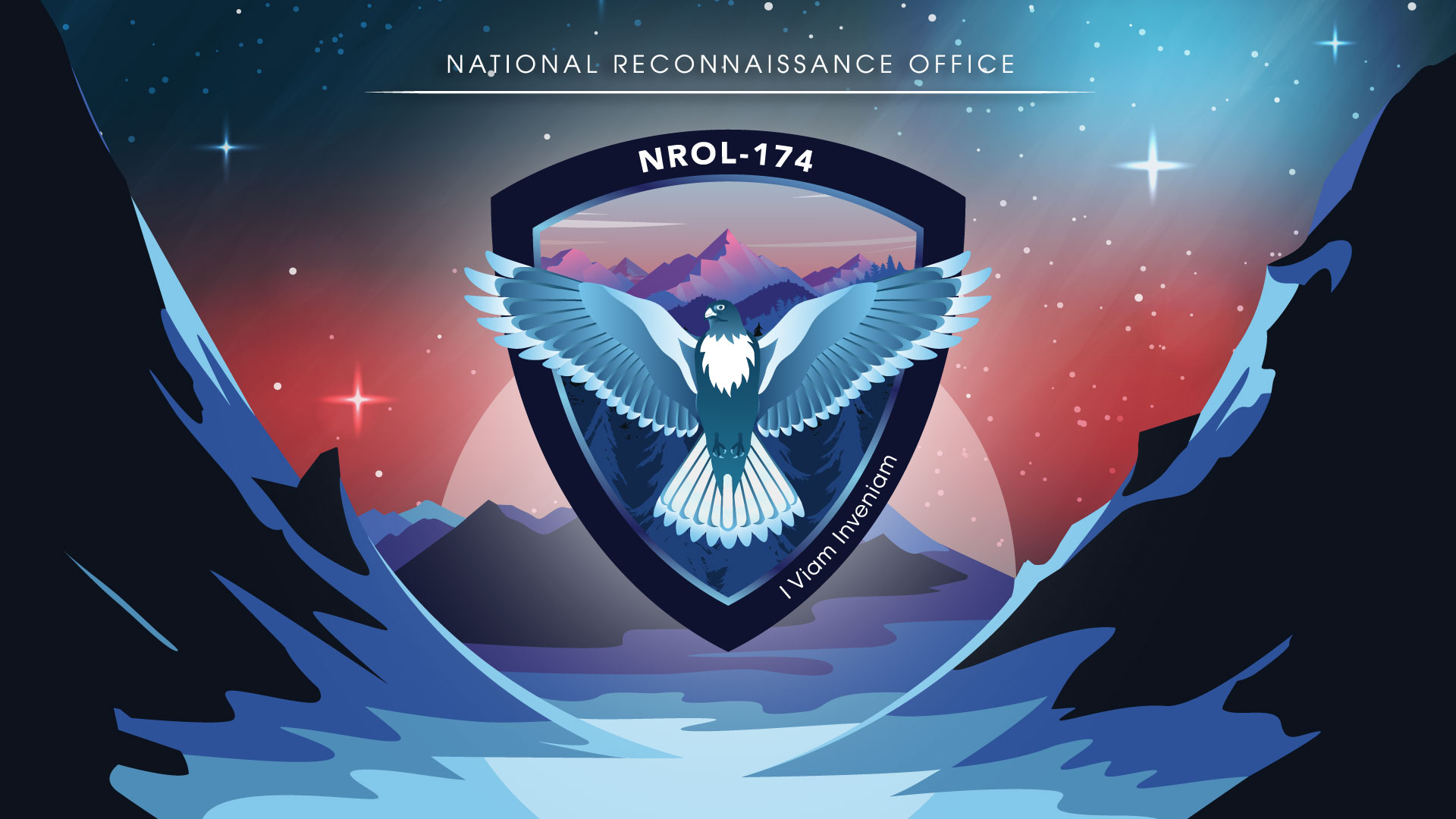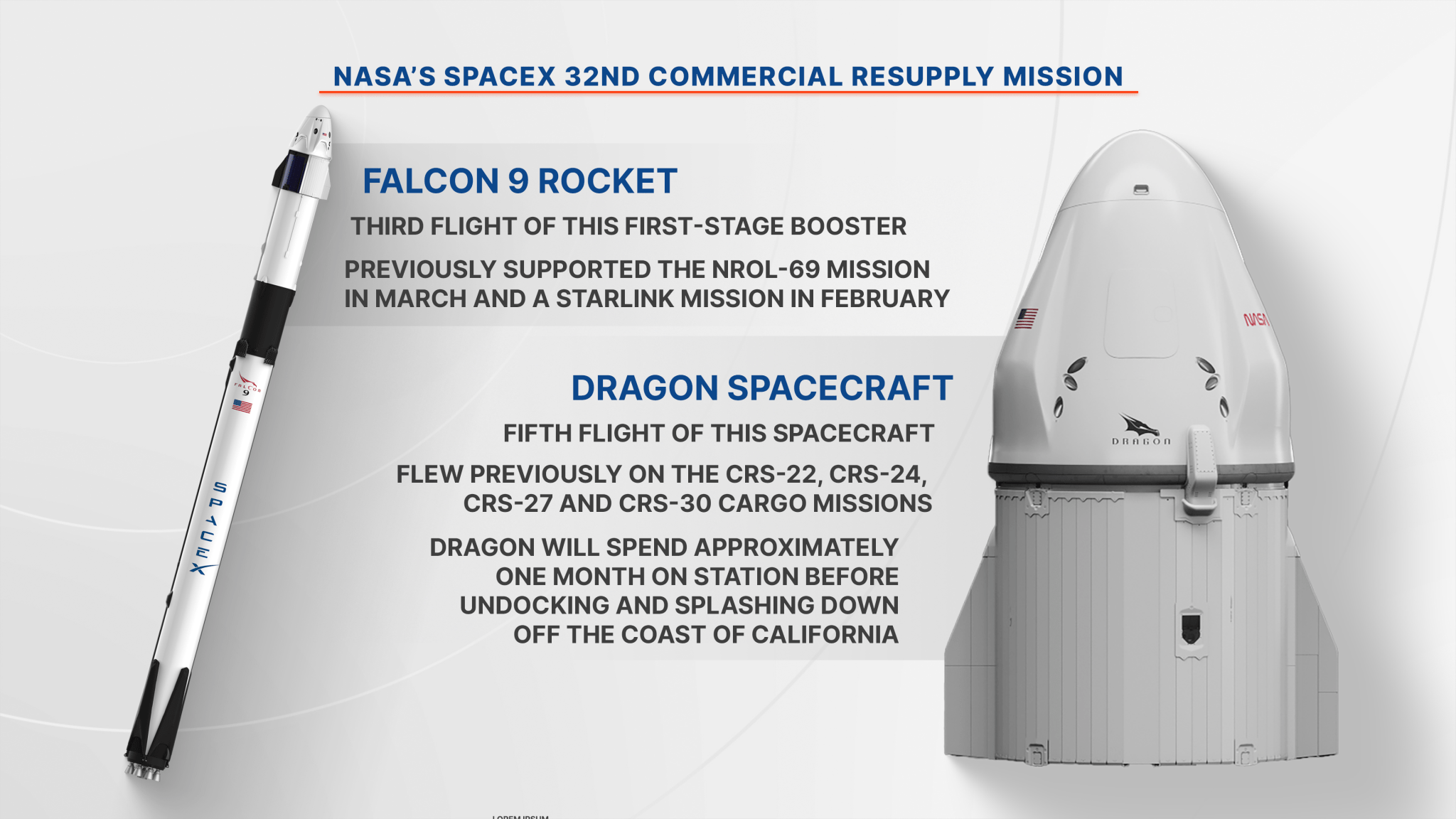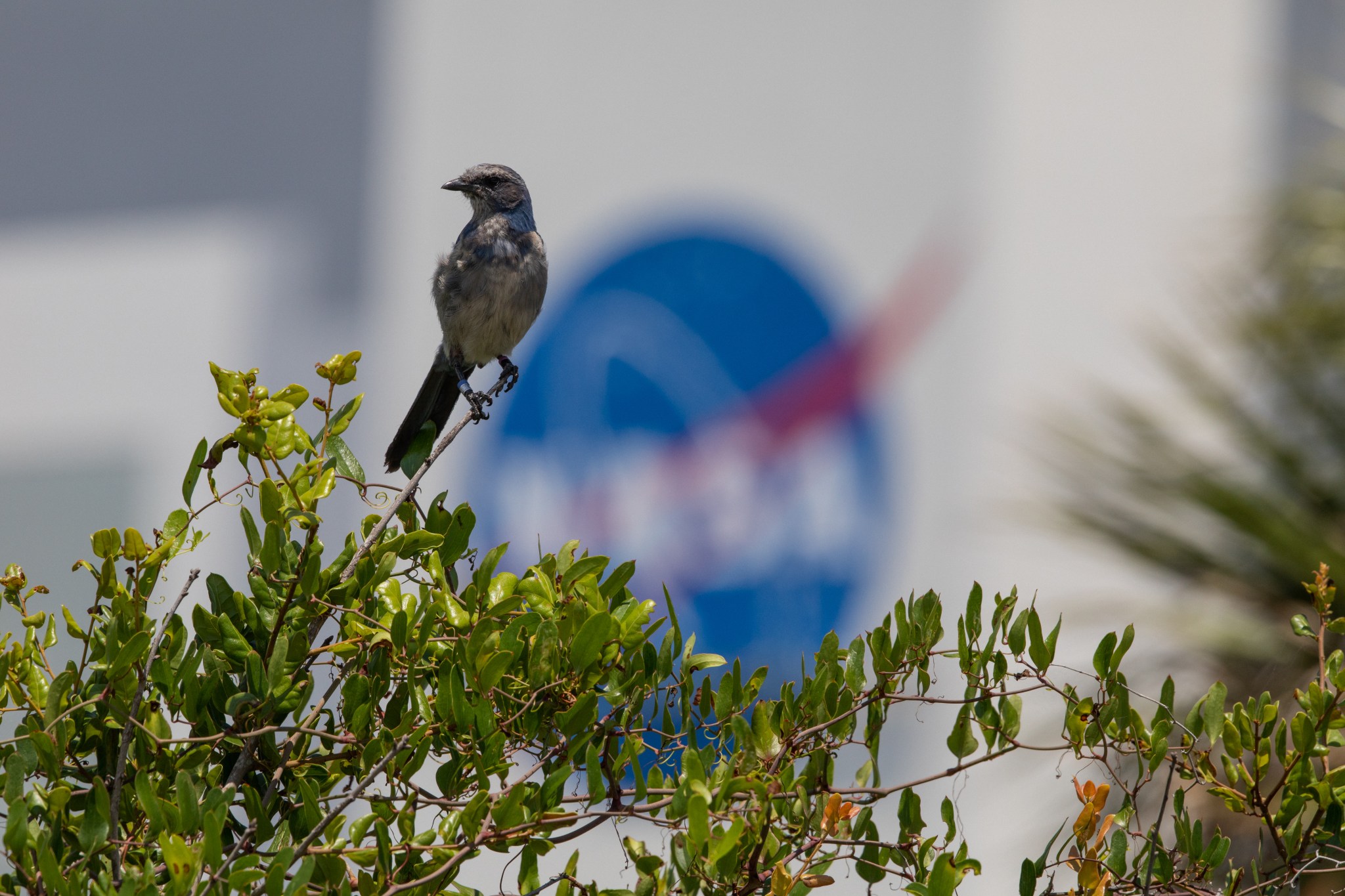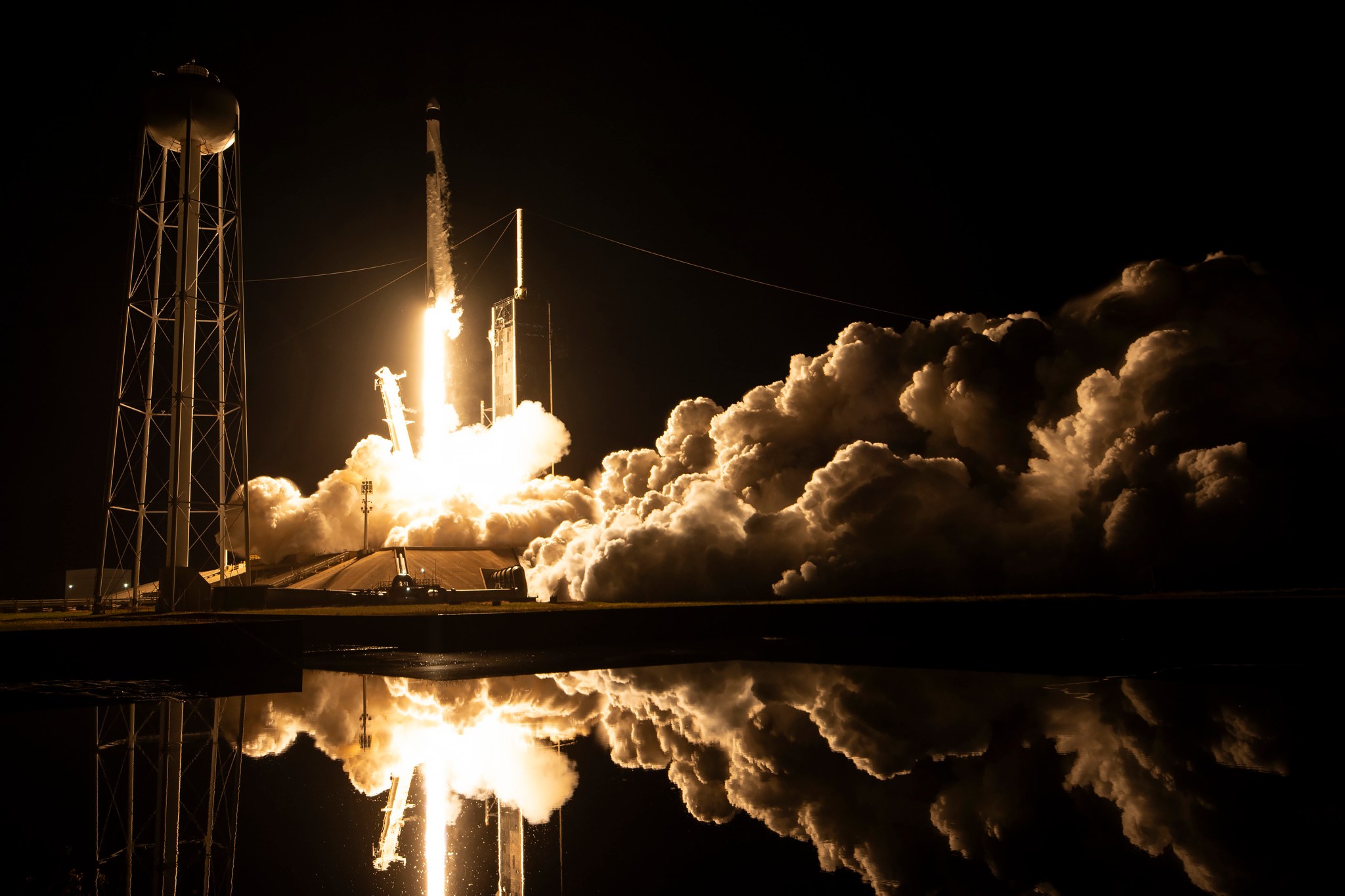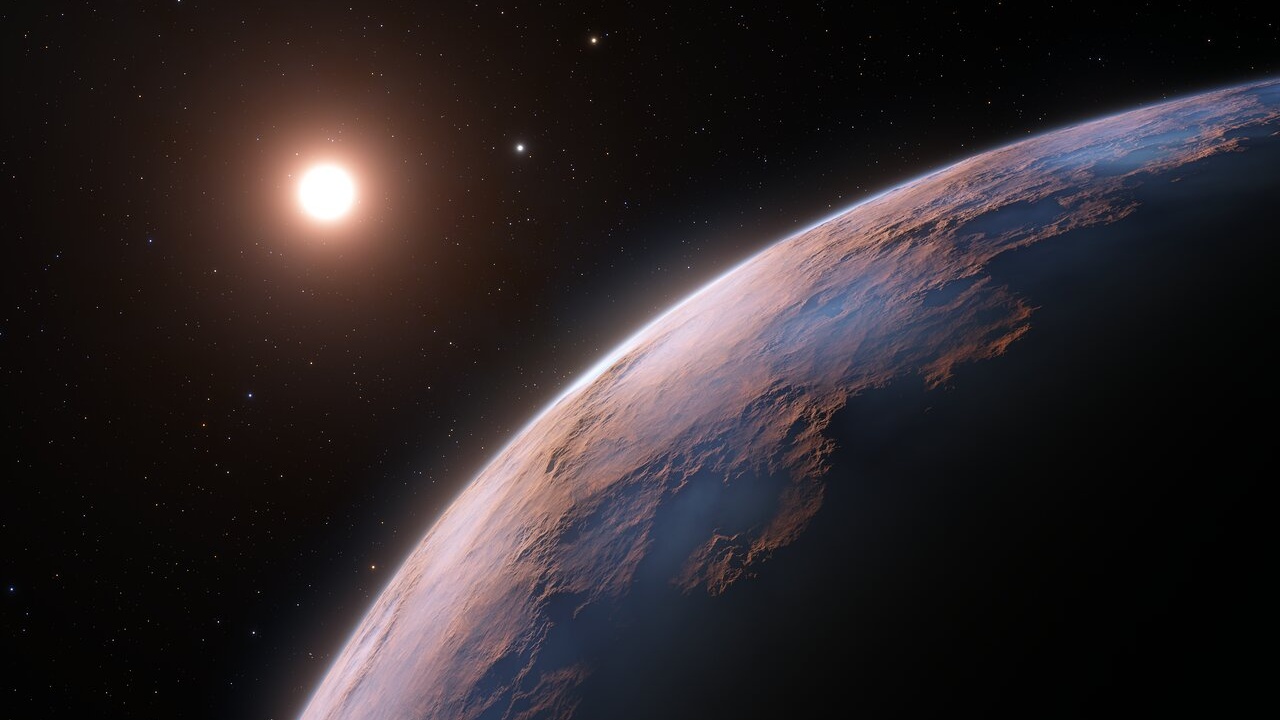4 Min Read Science Meets Art: NASA Astronaut Don Pettit Turns the Camera on Science NASA astronaut Don Pettit is scheduled to return home in mid-April after a seven-month mission aboard the International Space Station as part of Expedition 72. Throughout his stay, Pettit contributed to research that benefits humanity and future space missions. Pettit also shared what he calls “science of opportunity” to demonstrate how experimenting with our surroundings can help gain a better understanding of how things work. This understanding is perhaps enhanced when art, science, and microgravity…
Read MoreVast swarms of hidden galaxies may be secretly bathing the universe in a soft glow
A secret population of hidden galaxies suffusing the universe in a soft glow of far-infrared light have been strongly suggested to exist, based on careful detective work into some of the most unique data to come from Europe’s Herschel Space Observatory. The galaxies, if they are real, are not necessarily a surprise. The cosmos is filled with light across all wavelengths — it’s just that the far-infrared component seems to be stronger than can be accounted for by all the galaxies we can see in visible light. In other words,…
Read MoreTesting in the Clouds: NASA Flies to Improve Satellite Data
3 min read Preparations for Next Moonwalk Simulations Underway (and Underwater) Piloted by NASA’s Tim Williams, the ER-2 science aircraft ascends for one of the final science flights for the GSFC Lidar Observation and Validation Experiment (GLOVE) on Feb. 1, 2025. As a collaboration between engineers, scientists, and aircraft professionals, GLOVE aims to improve satellite data products for Earth Science applications. NASA/Steve Freeman In February, NASA’s ER-2 science aircraft flew instruments designed to improve satellite data products and Earth science observations. From data collection to processing, satellite systems continue to…
Read MoreUS and UK militaries pick Rocket Lab’s HASTE launcher to help test hypersonic tech
Rocket Lab is becoming an even bigger player in the world of hypersonic technology. The militaries of the United States and the United Kingdom have both picked the California-based company as a potential partner for their multibillion-dollar programs dedicated to building hypersonic technology. Rocket Lab can now compete for contracts via the two programs, offering the services of its HASTE suborbital rocket as a hypersonic testbed. You may like “The ability to contribute toward the collective security of the United States and the United Kingdom across both of these important…
Read MoreRocket repurposed from intercontinental ballistic missile launches secret US spy satellites to orbit from California
For the first time in nearly a decade and a half, a Minotaur has streaked through Californian skies. A Minotaur IV rocket lifted off from the Golden State’s Vandenberg Space Force Base today (April 16) at 3:33 p.m. EDT (1633 GMT; 12:33 p.m. local California time), kicking off the NROL-174 mission for the U.S. National Reconnaissance Office (NRO). It was the first launch of a Minotaur from the site since 2011, the NRO said via X. The NROL-174 mission patch. (Image credit: NRO) The Minotaur rocket family, built by aerospace…
Read MoreNASA’s SpaceX 32nd Commercial Resupply Mission Overview
NASA and SpaceX are targeting no earlier than 4:15 a.m. EDT on Monday, April 21, for the next launch to deliver scientific investigations, supplies, and equipment to the International Space Station. Filled with about 6,700 pounds of supplies, the SpaceX Dragon spacecraft, on the company’s Falcon 9 rocket, will lift off from Launch Complex 39A at NASA’s Kennedy Space Center in Florida. This launch is the 32nd SpaceX commercial resupply services mission to the orbital laboratory for the agency, and the 12th SpaceX launch under the Commercial Resupply Services-2 (CRS)…
Read MoreScrub Jay at the Vehicle Assembly Building
NASA/Ben Smegelsky A scrub jay perches on a branch near the Vehicle Assembly Building at NASA’s Kennedy Space Center in Florida on June 22, 2020. Kennedy shares space with the Merritt Island National Wildlife Refuge, which is home to more than 65 amphibian and reptile, 25 mammal, 117 fish, and 330 bird species. At the time this photo was taken, the NASA “meatball” logo – in the background here – on the Vehicle Assembly Building was being repainted. This iconic building is where the Artemis launch vehicles are stacked and…
Read MoreNASA Invites Virtual Guests to Launch of SpaceX 32nd Resupply Mission
2 min read Preparations for Next Moonwalk Simulations Underway (and Underwater) The SpaceX Falcon 9 rocket carrying the Dragon spacecraft lifts off from Launch Complex 39A at NASA’s Kennedy Space Center in Florida on Thursday, Nov. 9, 2023, on the company’s 29th commercial resupply services mission for the agency to the International Space Station. SpaceX NASA invites the public to participate in virtual activities ahead of the launch of SpaceX’s 32nd commercial resupply services mission for the agency. NASA and SpaceX are targeting launch at 4:15 a.m. EDT Monday, April…
Read MoreHow artificial intelligence is helping scientists hunt for alien Earths
A machine-learning algorithm trained on synthetic planetary systems has been let loose — and in the process has identified nearly four dozen real stars that have a high probability of hosting a rocky planet in their habitable zone. “The model identified 44 systems that are highly likely to harbor undetected Earth-like planets,” said Jeanne Davoult, an astronomer at the German Aerospace Agency DLR, in a statement. “A further study confirmed the theoretical possibility for these systems to host an Earth-like planet.” Often, “Earth-like” worlds — Earth-like in the sense that…
Read MoreSols 4511-4512: Low energy after a big weekend?
Curiosity Navigation Curiosity Home Mission Overview Where is Curiosity? Mission Updates Science Overview Instruments Highlights Exploration Goals News and Features Multimedia Curiosity Raw Images Images Videos Audio Mosaics More Resources Mars Missions Mars Sample Return Mars Perseverance Rover Mars Curiosity Rover MAVEN Mars Reconnaissance Orbiter Mars Odyssey More Mars Missions Mars Home 2 min read Sols 4511-4512: Low energy after a big weekend? This image was taken by Left Navigation Camera onboard NASA’s Mars rover Curiosity on Sol 4510 (2025-04-14 03:43:40 UTC). NASA/JPL-Caltech Written by Lauren Edgar, Planetary Geologist at…
Read More